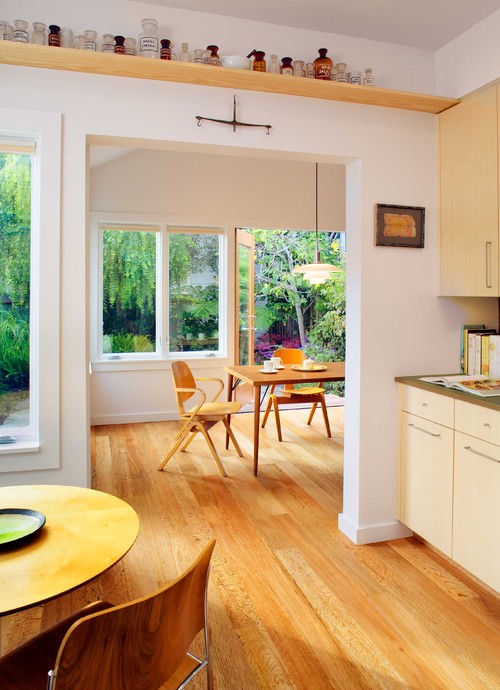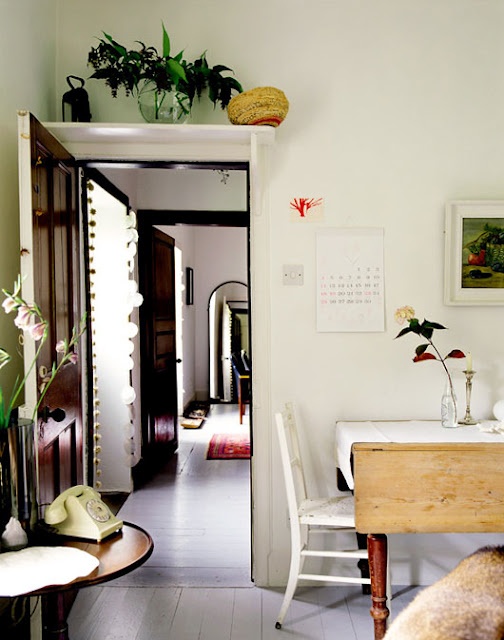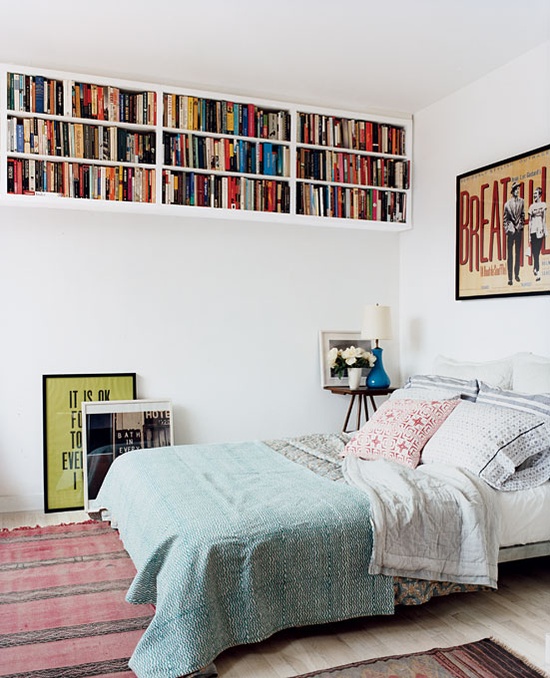I have been very busy recently trying to transform our guest room into a work space for both me and my boyfriend. The challenge is to fit a double bed and enough space for two people to work into a relatively small room. Oh, and the budget is only £150…eeek! We need:
– Desk space for two
– Space for a lap top and desk top computer
– Storage for craft materials
– Filing cabinet
– Space for sewing machine
– Double bed
– Drawers for clothes
Difficult? Just a little.
Before:

This is the desk that we had before. There was absolutely no storage and only really enough room for a computer, definitely no craft space, let alone room for two to work here at the same time. Photograph by Peachey Photography
After:
I did a lot of planning and searched around for creative storage solutions. Have a look at my last post in which I show my inspiration and my tips for creating a functional, yet stylish, work space: Tidy desk, tidy mind. What I have created is a much more practical, functional space and even though it may not look quite as nice as it did before I think considering how much we had to spend and how much we needed from this space it is as stylish as it can be. I have kept the whole room white with clean lines so it looks as large and as uncluttered as possible. See what you think…

I painted a chest of drawers we already had and changed the knobs (one is missing, I know!) so it could act as an extra ‘leg’ and it provides lots of storage for craft materials. I then bought a 2.5m long piece of MDF for £30 from a timber yard, which I painted and varnished. This sits across the drawers and two Ikea trestle legs that only cost £25. An off-cutting of the wood top is used for the shelf.

This is my end of the desk for my sewing machine, cutting mat and space to craft. A tutorial to show you how to make the cotton reel holder will follow. I have used the noticeboard as an inspiration board with my favourite pictures, magazine cuttings, fabric swatches, postcards.

I put a broom handle, that I painted, between the shelf brackets and hung Ikea Fintorp pots on Grundtal S-hooks for tools and pens.

My chalkboard storage boxes (see tutorial) are used for craft materials and my favourite interiors books sit on the shelf. I’ve also hung my favourite Double Merrick print. I’ve also added a Loaf lamp that I already had.

I’ve used old Kilner jars with labels printed from Graphics Fairy for my sewing supplies.

The finished room. There’s a filing cabinet tucked in the corner with all my magazines stored on top, that actually looks more like a bedside table (bought from eBay for £20). I hung hooks in this room for guests to hang their belongings when they come to stay. In total we spent about £120 on: desk, shelf, filing cabinet, storage and paint. Now, I just need to find two proper desk chairs although that will probably require quite a bit more than £30 (maybe more like £300!)
Jules has since realised that making a work space for two may not have been such a good idea; I like a good chat whilst I’m crafting or blogging and he has a lot of ‘real’ work to do! Ha! Too late now.




























































